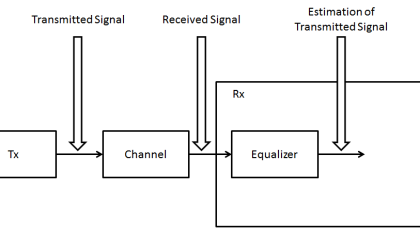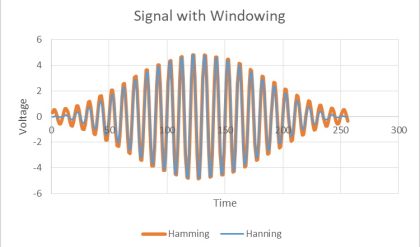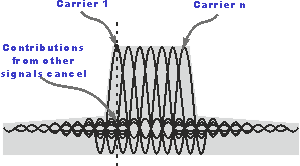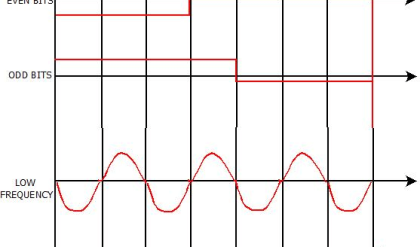Path loss Propagation Models in Wireless Communications at 0.8 GHz
1.Introduction
In recent years, mobile wireless communications have developed rapidly, leading to make the mobile phones become an integral part of people’s lives. Hence the demand on services from mobile wireless communications companies has increased . Wireless network planners are looking to improve connectivity between different points. Path loss propagation models is an experimental mathematical formula for characterizing the propagation of radio waves as a distance function between the antennas of transmitter and receiver. These models are designed based on a large dataset collected from specific environments. Propagation model determine is very important parameter in network planning and studies of interference with starting deployment . The remainder of the research is arranged as follows: Section 2 explores the related work .Section 3 describes the path loss propagation models. Radio link budget calculation is explained in section 4. Section 5 details the performance evaluation. In section 6, results and discussion is presented. The conclusions are discusses in section 7. The last section list the research references.
2. Related Work
Several studies have been completed in the fields of path loss propagation model where good results are obtained. All these studies are very important and play a vital role in wireless network planning. Authors in estimate five path loss propagation models Stanford University Interim (SUI), COST-231, Hata-Okumura Extended Model (called also ECC-33 Model), Ericsson and the Hata-Okumura model. The results of these models compared with actual measured data. The results of comparison show that the ECC-33 model suitable for a suburban environment. In authors gave a brief introduction to loss models, concluding that each model is suitable for a specific environment. While [5] has analyzed and compared the path loss values of the selected models in different environments with frequency 1700 MHz. They concluded that SUI model calculations consistent with measurements data and it is suitable for urban areas, unlike the cost 231 W-I model whose calculations do not correspond to the measure data. In this research, present four path loss propagation models (Hata Model, ICC-33 Model, Ericson Model and Coast-231 Model) and then calculate the signal strength of theirs. The signal strength of these models are analyzed and comparison with real measured data to see whether these models are accurately used for prediction to the path loss.
3. Path Loss Propagation Models
Generally, some of propagation factors for instance reflection, scattering, diffraction, absorption, and atmospheric particles affect the signal of wireless communication when transmitted through a path . The main benefit for the use of the standard path loss models are time-saving and cost, despite the limited accuracy. Through the results of many measurement efforts, the existing equations are used in empirical models. The following are examples of the path loss propagation models:
![]() Free Space Path Loss Model
Free Space Path Loss Model
![]() Okumura Model
Okumura Model
![]() HATA Path Loss Model
HATA Path Loss Model
![]() LHata Model (LHata)
LHata Model (LHata)
![]() COST 231 Extended Hata Model
COST 231 Extended Hata Model
![]() ECC-33 or Hata – Okumura Extended Model
ECC-33 or Hata – Okumura Extended Model
![]() Walfisch-Ikegami Model
Walfisch-Ikegami Model
![]() Stanford University Interim (SUI) model
Stanford University Interim (SUI) model
![]() Ericson Model
Ericson Model
Field data for various environments have been used in the design of all the models mentioned above. In this research, four path loss propagation models were used (HATA, COST 231, ECC33 and Ericson Models) because they are suitable to be implemented in the study area environment at frequency 0.8 GHz.





